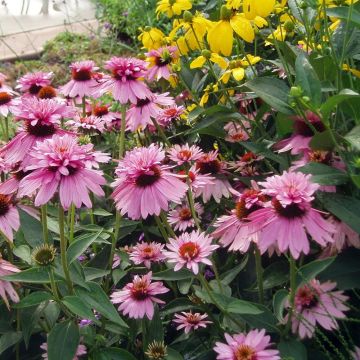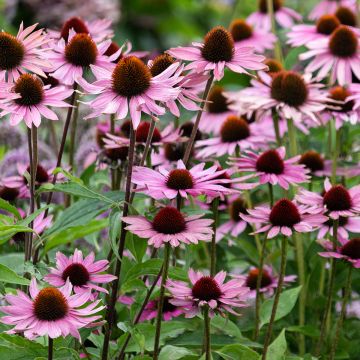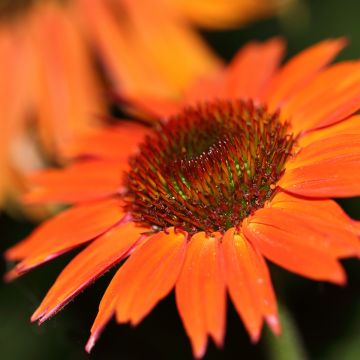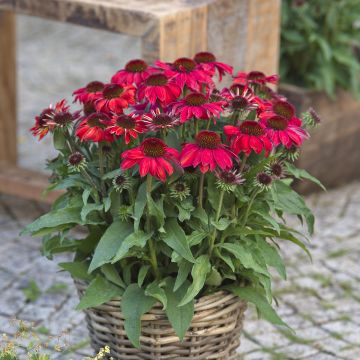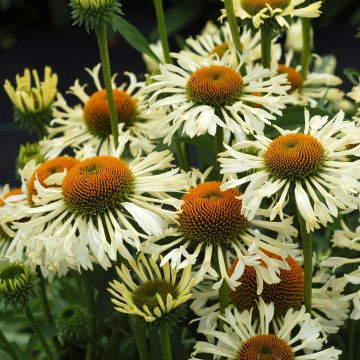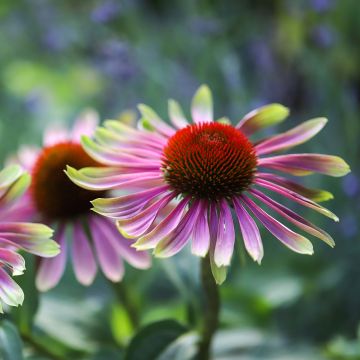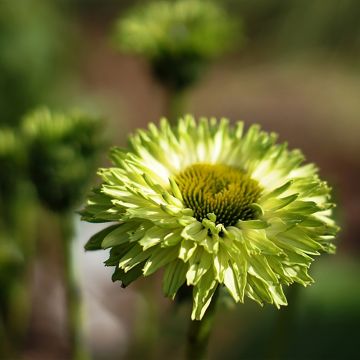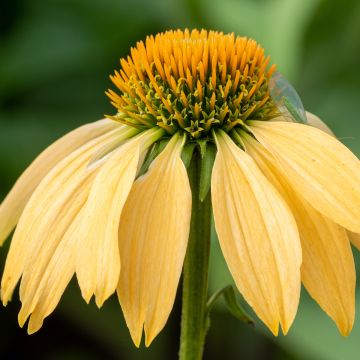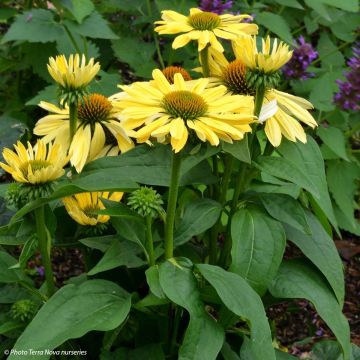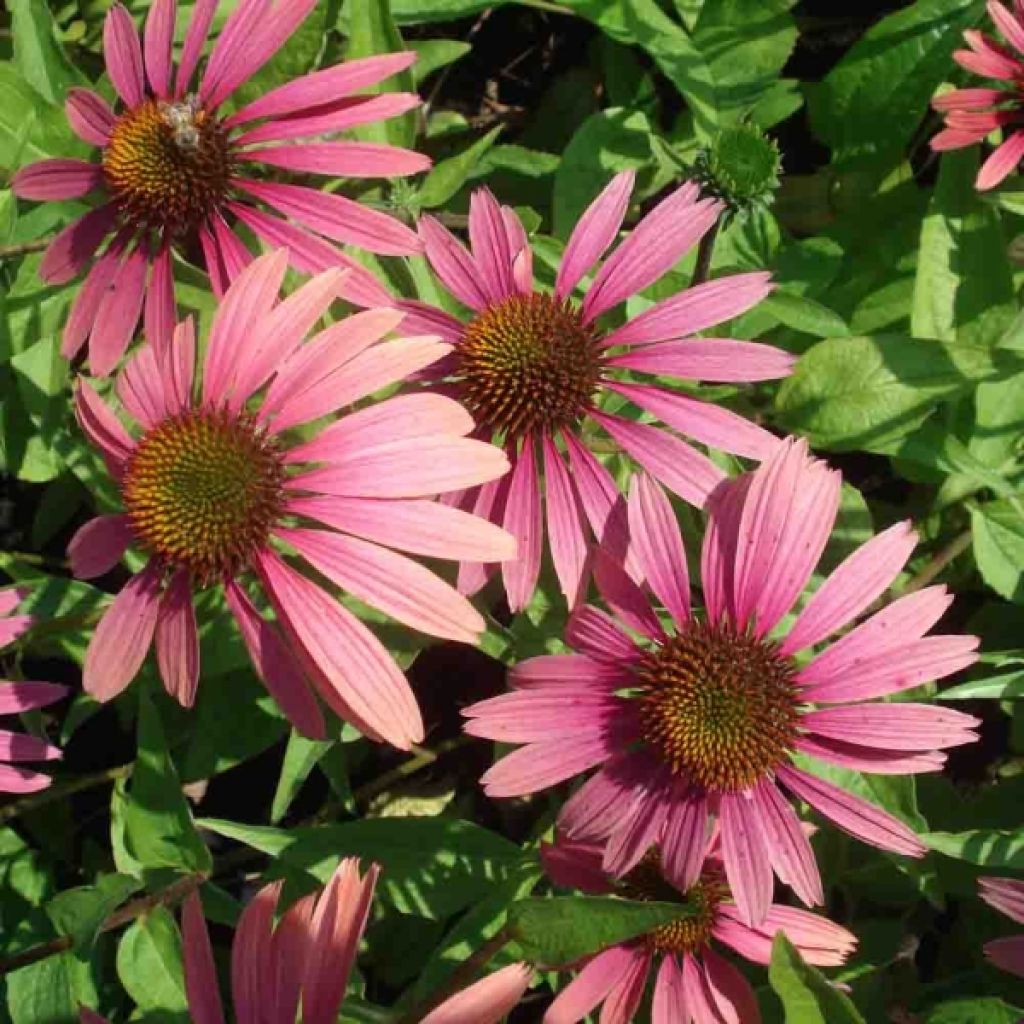

Echinacea Summer Cocktail - Purple Coneflower
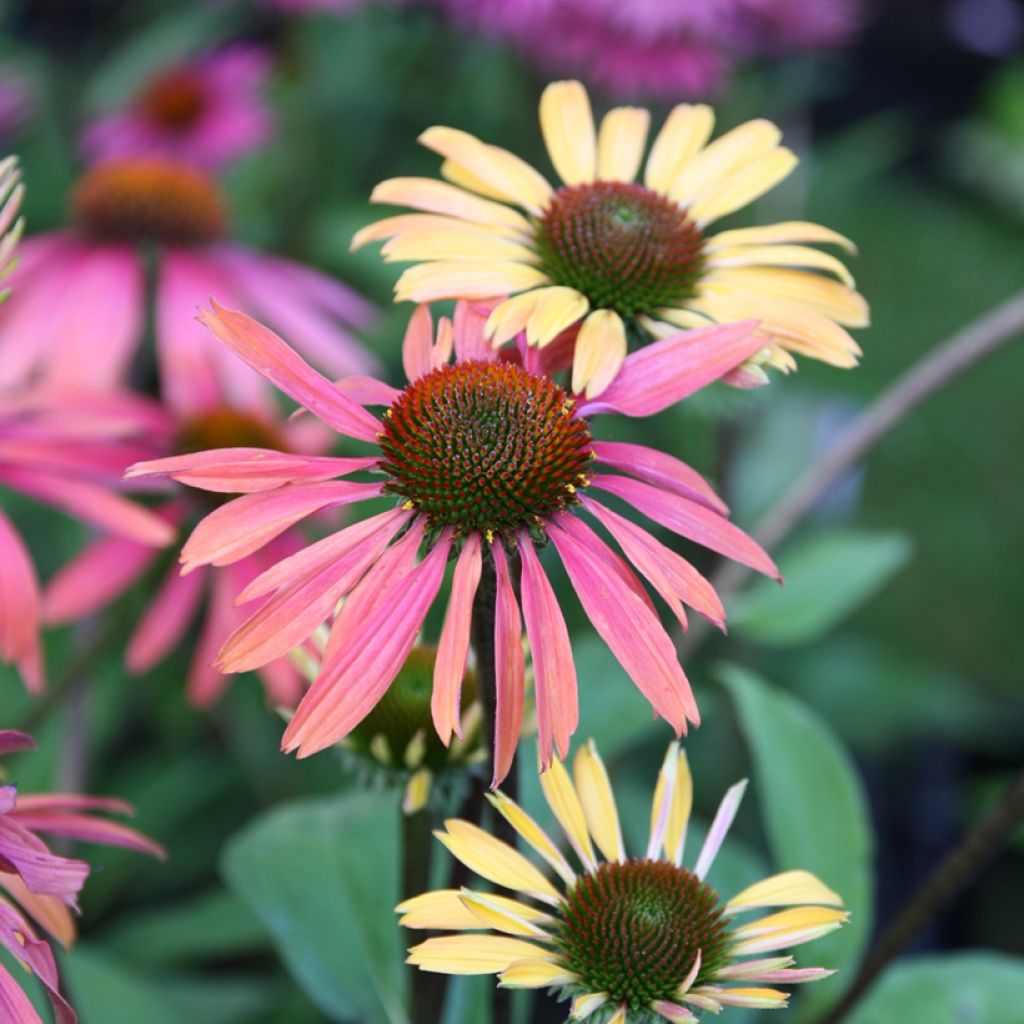

Echinacea Summer Cocktail - Purple Coneflower
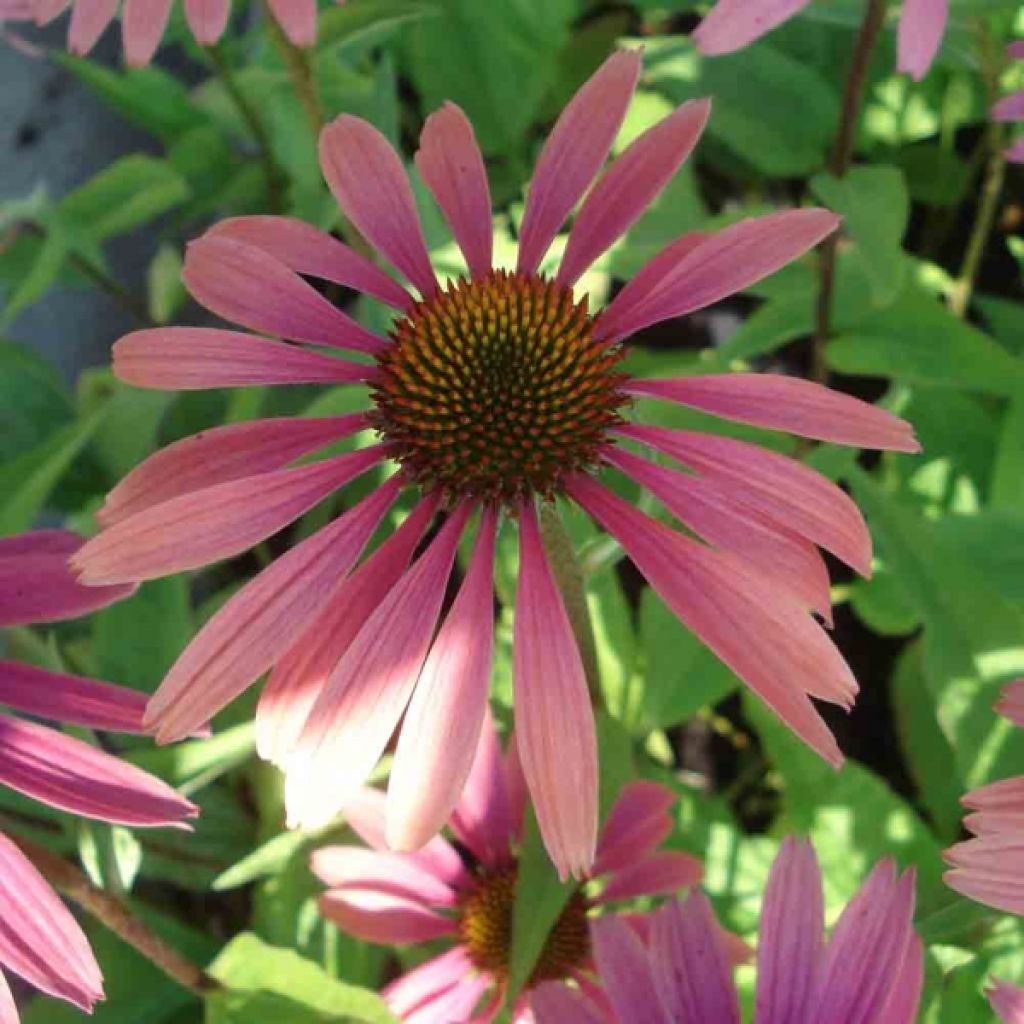

Echinacea Summer Cocktail - Purple Coneflower
Echinacea Summer Cocktail - Purple Coneflower
Echinacea purpurea Summer Cocktail
Purple Coneflower, Eastern Purple Coneflower
This item cannot be shipped to the selected country
Delivery charge from €5.90
Delivery charge from €5.90
More information
Schedule delivery date,
and select date in basket
This plant carries a 12 months recovery warranty
More information
We guarantee the quality of our plants for a full growing cycle, and will replace at our expense any plant that fails to recover under normal climatic and planting conditions.
From €5.90 for pickup delivery and €6.90 for home delivery
Express home delivery from €8.90.
From €5.90 for pickup delivery and €6.90 for home delivery
Express home delivery from €8.90.

Does this plant fit my garden?
Set up your Plantfit profile →
Description
Echinacea Summer Cocktail is a distinctive and charming variety. It offers a splendid range of colours in the garden, evoking the tones of a sunset. The buds open into a fresh orange-yellow. From the centre of the flower, the colour gradually changes to salmon pink then purple-pink, creating a beautiful gradient on a single flower, and on all the flowers that gradually bloom, in a lovely three-tone melody. Its elongated petals are slightly drooping, around a rounded orange-brown cone. It has all the classic characteristics of Echinaceas: a medium-sized plant with long-lasting flowers and good hardiness.
Echinacea Summer Cocktail belongs to the Asteraceae family. It is a horticultural creation resulting from Rudbeckia purpurea, among others, originating from the western United States, from Georgia to Michigan through Oklahoma and Ohio. This perennial, with a strong character, colonizes rocky meadows, savannas, clear undergrowth, and roadside edges in its natural environment. Summer Cocktail has a solid, bushy, upright, dense habit, reaching approximately 70 cm (28in) high and 45 cm (18in) wide. The opposite, lanceolate, green leaves are covered in rough hairs. Flowering from July to September, it is slightly fragrant and loved by butterflies. The branched stems are each topped with a solitary flower head, 15 cm (6in) in diameter, a prominent, rough, brown cone surrounded by slightly drooping petals whose colour evolves from orange-yellow to purple-pink through salmon pink as the flower matures. The fruit is an achene that releases seeds that birds love. This plant anchors itself firmly and deeply in the soil, thanks to its well-developed root system.
Nectar-rich Echinacea Summer Cocktail thrives in fertile, deep, loose, moist, and well-drained soil in a sunny position. Mulch the base in May to retain moisture during summer, as it is sensitive to drought. It brings dynamism and cheerfulness to flowerbeds with its remarkably colourful flowering. When plants are so generous in colours, it is fun to combine them with blooms of similar colours, but different shapes. Consider upright Foxgloves, Yarrows with flat corymbs, Star Daylilies, and Dahlias, which provide a variety of forms and colours. Ornamental grasses like Stipa tenuifolia, Schizachyrium scoparium, or Muhlenbergia capillaris with pink spikes bring structure, cohesion and softness to the ensemble. Its vibrant combination with Common Lady's Mantle is superb! Lastly, the beautiful colours of this Echinacea brighten up fresh or dried flower bouquets.
Report an error about the product description
Echinacea Summer Cocktail - Purple Coneflower in pictures
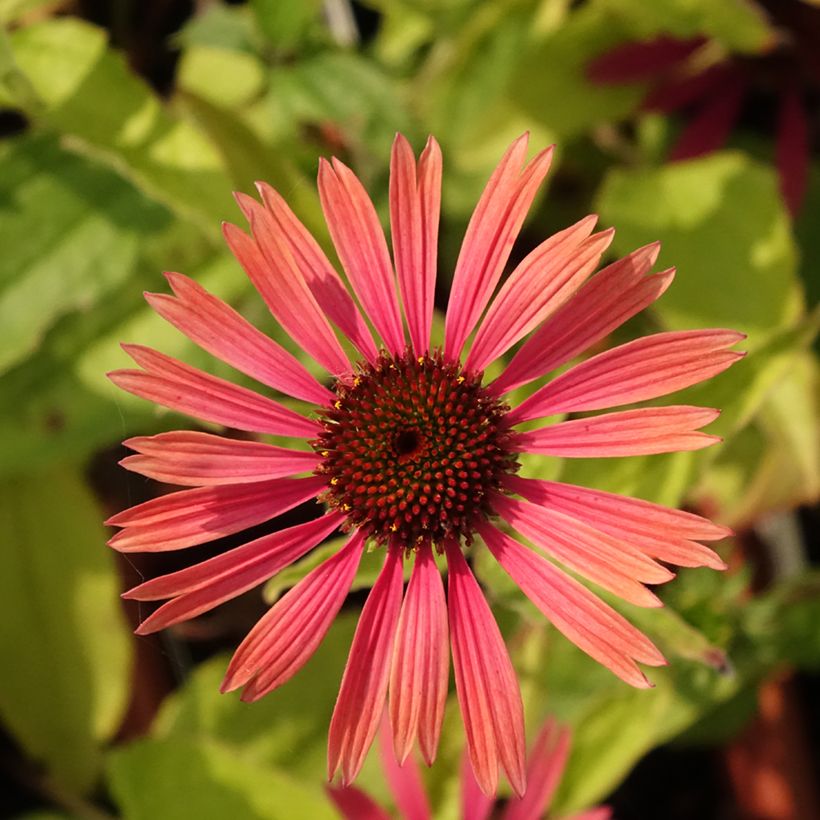

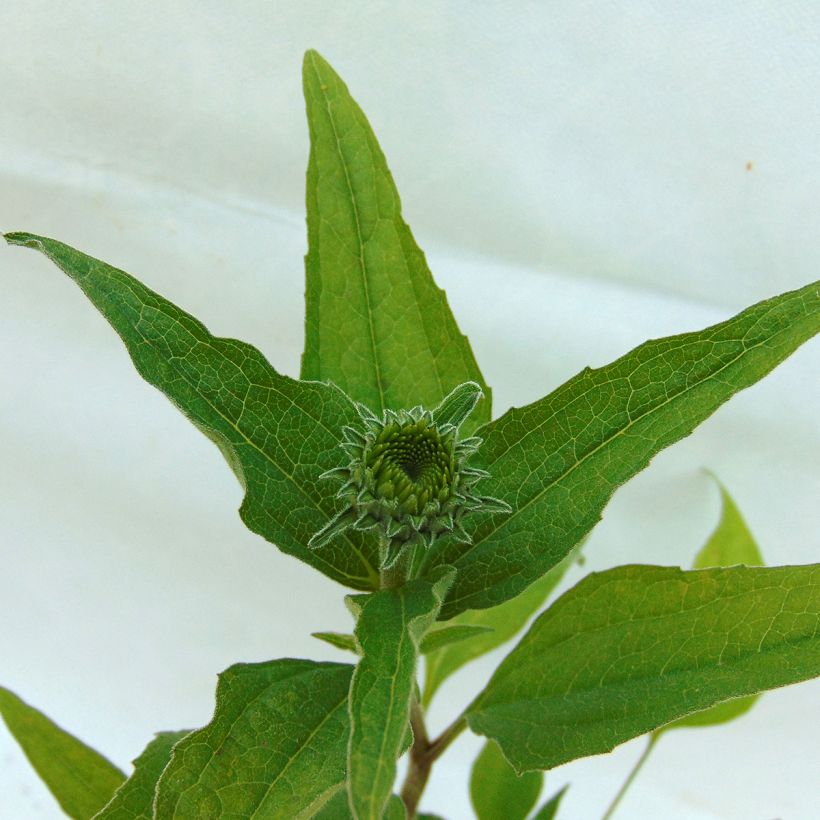

Flowering
Foliage
Plant habit
Botanical data
Echinacea
purpurea
Summer Cocktail
Asteraceae
Purple Coneflower, Eastern Purple Coneflower
Cultivar or hybrid
Other Echinacea - Coneflower
Planting and care
Echinacea Summer Cocktail is best planted in spring, 7 per m2, in a mixture of compost and garden soil. Mulch the base in May to keep it fresh in summer, as it is sensitive to drought. It prefers moist and deep, well-worked soil, in a sunny location. These vigorous plants are hungry and will thrive better if regularly given a good fertilizer. Remove faded flowers as they appear. Divide the clump when flowering slows down. A rhizome plant that can become invasive and is susceptible to attacks from aphids and powdery mildew.
Planting period
Intended location
Care
-
, onOrder confirmed
Reply from on Promesse de fleurs
Haven't found what you were looking for?
Hardiness is the lowest winter temperature a plant can endure without suffering serious damage or even dying. However, hardiness is affected by location (a sheltered area, such as a patio), protection (winter cover) and soil type (hardiness is improved by well-drained soil).

Photo Sharing Terms & Conditions
In order to encourage gardeners to interact and share their experiences, Promesse de fleurs offers various media enabling content to be uploaded onto its Site - in particular via the ‘Photo sharing’ module.
The User agrees to refrain from:
- Posting any content that is illegal, prejudicial, insulting, racist, inciteful to hatred, revisionist, contrary to public decency, that infringes on privacy or on the privacy rights of third parties, in particular the publicity rights of persons and goods, intellectual property rights, or the right to privacy.
- Submitting content on behalf of a third party;
- Impersonate the identity of a third party and/or publish any personal information about a third party;
In general, the User undertakes to refrain from any unethical behaviour.
All Content (in particular text, comments, files, images, photos, videos, creative works, etc.), which may be subject to property or intellectual property rights, image or other private rights, shall remain the property of the User, subject to the limited rights granted by the terms of the licence granted by Promesse de fleurs as stated below. Users are at liberty to publish or not to publish such Content on the Site, notably via the ‘Photo Sharing’ facility, and accept that this Content shall be made public and freely accessible, notably on the Internet.
Users further acknowledge, undertake to have ,and guarantee that they hold all necessary rights and permissions to publish such material on the Site, in particular with regard to the legislation in force pertaining to any privacy, property, intellectual property, image, or contractual rights, or rights of any other nature. By publishing such Content on the Site, Users acknowledge accepting full liability as publishers of the Content within the meaning of the law, and grant Promesse de fleurs, free of charge, an inclusive, worldwide licence for the said Content for the entire duration of its publication, including all reproduction, representation, up/downloading, displaying, performing, transmission, and storage rights.
Users also grant permission for their name to be linked to the Content and accept that this link may not always be made available.
By engaging in posting material, Users consent to their Content becoming automatically accessible on the Internet, in particular on other sites and/or blogs and/or web pages of the Promesse de fleurs site, including in particular social pages and the Promesse de fleurs catalogue.
Users may secure the removal of entrusted content free of charge by issuing a simple request via our contact form.
The flowering period indicated on our website applies to countries and regions located in USDA zone 8 (France, the United Kingdom, Ireland, the Netherlands, etc.)
It will vary according to where you live:
- In zones 9 to 10 (Italy, Spain, Greece, etc.), flowering will occur about 2 to 4 weeks earlier.
- In zones 6 to 7 (Germany, Poland, Slovenia, and lower mountainous regions), flowering will be delayed by 2 to 3 weeks.
- In zone 5 (Central Europe, Scandinavia), blooming will be delayed by 3 to 5 weeks.
In temperate climates, pruning of spring-flowering shrubs (forsythia, spireas, etc.) should be done just after flowering.
Pruning of summer-flowering shrubs (Indian Lilac, Perovskia, etc.) can be done in winter or spring.
In cold regions as well as with frost-sensitive plants, avoid pruning too early when severe frosts may still occur.
The planting period indicated on our website applies to countries and regions located in USDA zone 8 (France, United Kingdom, Ireland, Netherlands).
It will vary according to where you live:
- In Mediterranean zones (Marseille, Madrid, Milan, etc.), autumn and winter are the best planting periods.
- In continental zones (Strasbourg, Munich, Vienna, etc.), delay planting by 2 to 3 weeks in spring and bring it forward by 2 to 4 weeks in autumn.
- In mountainous regions (the Alps, Pyrenees, Carpathians, etc.), it is best to plant in late spring (May-June) or late summer (August-September).
The harvesting period indicated on our website applies to countries and regions in USDA zone 8 (France, England, Ireland, the Netherlands).
In colder areas (Scandinavia, Poland, Austria...) fruit and vegetable harvests are likely to be delayed by 3-4 weeks.
In warmer areas (Italy, Spain, Greece, etc.), harvesting will probably take place earlier, depending on weather conditions.
The sowing periods indicated on our website apply to countries and regions within USDA Zone 8 (France, UK, Ireland, Netherlands).
In colder areas (Scandinavia, Poland, Austria...), delay any outdoor sowing by 3-4 weeks, or sow under glass.
In warmer climes (Italy, Spain, Greece, etc.), bring outdoor sowing forward by a few weeks.

































